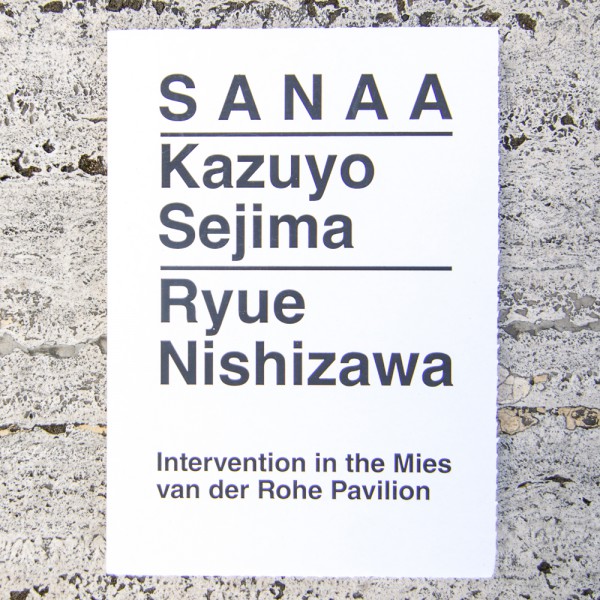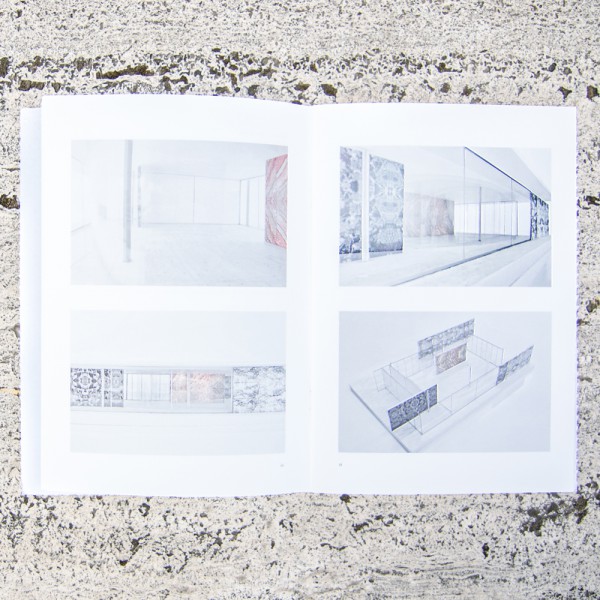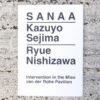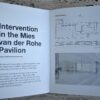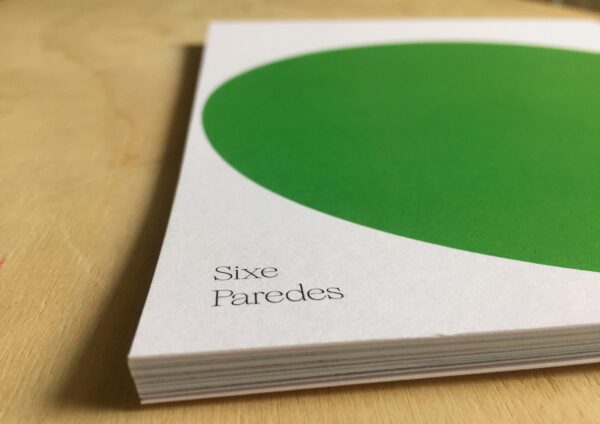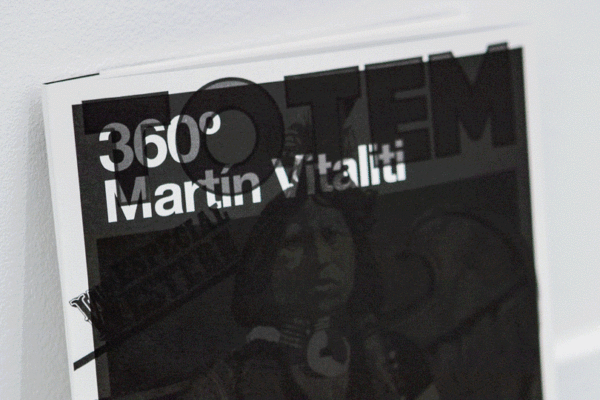SANAA – Kazuyo Sejima, Ryue Nishizawa
Title: SANAA – Kazuyo Sejima, Ryue Nishizawa.
Author: Xavier Costa (Editor).
Publisher: Fundació Mies van der Rohe & Actar Publishers.
Size: 20 x 28 x 0,8 cms.
Pages: 48.
Illustrations: Color.
Cover: Corrugated cardboard with staple binding.
Publication date: 2010.
ISBN: English 9788493690113.
30.00€
Estamos trabajando en nuestra web, de momento no es posible comprar libros través de nuestra tienda online. Para cualquier consulta escríbenos a info@artslibris.cat
Availability: In stock
Kazuyo Sejima and Ryue Nishizawa, decided to intervene the Pavilion in a very subtle way, “leaving the space undisturbed.” For this they designed transparent enclosures, made with acrylic material, which stand freely on the floor. The enclosures, like a curtain, formed a calm spiral surrounding the interior space, and creating a new atmosphere that visitors could go through not without difficulty. The view through the acrylic will be something different from the original with soft reflections slightly distorting the Pavilion. The publication documents the three different options of interventions originally proposed by the Japanese architects with plans and renders. The photographic essay by Ramón Prat is preceded by an extensive illustrated text by the prestigious Princeton scholar, Beatriz Colomina, entitled ‘Undisturbed’, which describes step by step the connections between SANAA’s intervention with the Pavilion and the primary Mies. The curtains, Lilly Reich, the X-rays and the glass houses, lead a text that ends up talking about the glass pavilion of the Toledo Museum of Art and the special conception of transparency that SANAA has, a transparency more interested in blurring the view , and soften the focus. On his part, Ákos Moravanszky (ETH, MIT), in a short and erudite text also illustrated, tells us about Koolhaas, Jorge Luis Borges, or Noriyuki Haraguchi, among others and also points, like Colomina, to the twelve curved glass structures that Lilly Reich and Mies designed for the mining section of the Deutsches Volk Deutsche Arbeit exhibition that took place in Berlin in 1934.
Relacionados
Related products
-
ARTIST BOOK
Martín Vitaliti, 360° (AL Series n.1)
